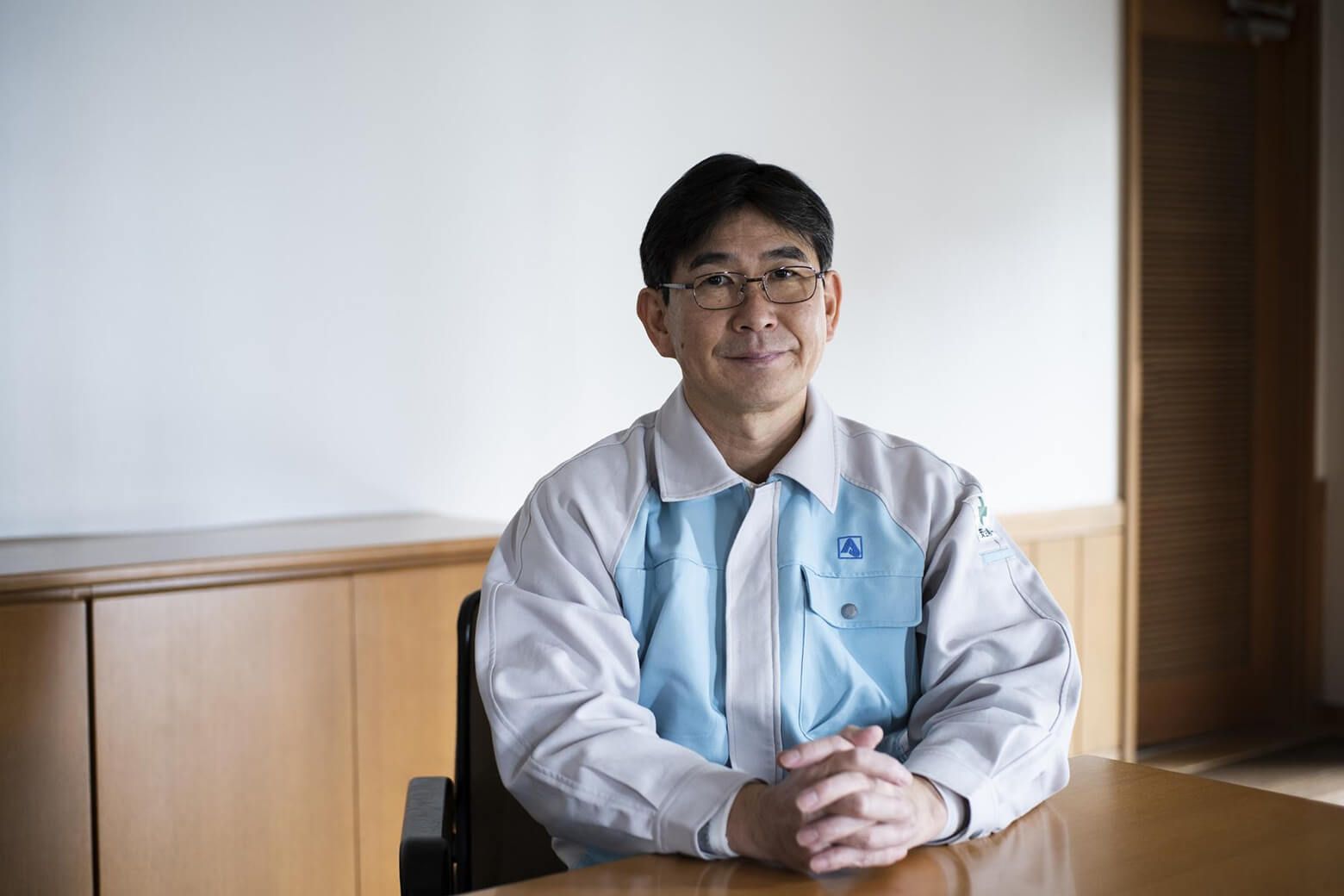Chubu Region is the central area of Japan’s mainland Honshu island, sitting between Kansai and Kanto Region. The Chubu Region covers Japan’s important industrial centers as well as well-known world natural heritage sites making it a great destination for traveling to Japan from the US. Nagoya in Aichi is the largest city in the region, which is a hub to giants in the automotive industry, such as Toyota, and the world-famous Mt. Fuji straddles the border between Yamanashi Prefecture and Shizuoka Prefecture.
Because the region stretches from coast to coast, from the Sea of Japan to the Pacific Ocean, the best time to travel Japan is all year-round as each prefecture enjoys diverse climatic and geographical features with unique food and sake culture.
Please refer to the important factors characterizing the regional style of sake.
Mie
Mie is home to about 34 breweries, with the majoritybased in Yokkaichi, Nabari, Iga and Tsu City. The prefecture is known for its high-quality Yamadanishiki rice and sake from the region tends to be full body and on a sweeter side to pair with local foods.
Local dish: Sukiyaki, tonteki (Japanese pork loin steak dish with savory sauce)
Aichi
Aichi is blessed with high-quality abundant water sources from The Kiso Three Rivers (Kiso Sansen). This region’s sake tends to be rich and umami-packed to pair with local dishes using rich tamari soy sauce and dark and flavorful miso, known as Haccho-miso.
Local dish: Doteni (beef simmered in red miso stew), tenmusu (shrimp tempura rice ball)
Shizuoka
Shizuoka is home to about 30 breweries. In the 1980s, Shizuoka Prefecture Industrial Research Institute developed a unique yeast called Shizuoka Kobo. It has a gentle ginjo-ka, or aromatics, making sake with fresh fruit flavor and round finish.
Local dish: Unagi eel with rice, kinmedai no nitsuke (snapper with soy-based broth)
Tippsy’s recommended sake from Shizuoka:
Doi Brewing Company: Takatenjin “Soul of the Sensei”
Hananomai Brewing Company: Hananomai “Katana” Junmai Daiginjo
Omuraya Brewing Company: Wakatake “Onikoroshi” Junmai Daiginjo
Gifu
Gifu has mixed geographical features, which provide unique sake styles separating the North and the South. Northern sake tends to be rich and romantic where Southern sake focuses more on refreshing, dry style.
Local dish: Grilled ayu fish, Hida beef steak
Tippsy’s recommended sake from Gifu:
Yamada Shoten: Yamada “Everlasting Roots”
Nagano
Nagano is one of the largest sake regions in Japan, holding more than 80 breweries. The region is known for its original rice varieties such as Miyamanishiki and Hitogokochi, as well as specialized yeasts such as Association #7 and Alps Yeast, which provides sake with fruity aromatics.
Local dish: Soba noodle, katsudon (pork cutlet with rice)
Tippsy’s recommended sake from Nagano:
Kurosawa Brewing Company: Kurosawa “Premium Reserve”
Yamanashi
Yamanashi is primarily known as Japan’s important wine country. However, with quality water flowing from the Southern Alps and Mt. Fuji, the region is home to approximately 13 breweries producing elegant and floral styles of sake.
Local dish: Hoto nabe (Flat noodles miso hot pot), motsuni (Japanese tripe stew)
Tippsy’s recommended sake from Yamanashi:
Yamanashi Meijo: Shichiken “Junmai Ginjo”
Fukui
Fukui has access to an abundant water source coming from Hakusan, a prominent mountain in Japan with water known for its fine mineral contents. The region uses the Gohyakumangoku rice variety, and sake from the region tends to be elegant, light and round.
Local dish: Crab hot pot, Chirashi sushi
Tippsy’s recommended sake from Fukui:
Manatsuru Brewing Company: Mana “True Vision”
Ippongi Kubohonten: Denshin “Rin”
Katoukichibee Shouten: Born “Gold Muroka”
Tajima Brewing Company: Fukuchitose “Yamahai Junmai”
Ishikawa
Ishikawa also sources water from Hakusan. Its capital Kanazawa City was one of the largest commercial cities in the Edo Period (1603–1868) and is considered a culturally important gourmet city since then. Sake from the region tends to be very artisanal, reflecting each brewmaster’s technique and style.
Local dish: Duck hot pot, steamed snapper
Tippsy’s recommended sake from Ishikawa:
Shata Brewing Company: Tengumai “Ryogin”
Kobori Brewing Company: Manzairaku “Yamahai Junmai”
Nishide Brewing Company: Nishide “100 Year”
Toyama
The North Alps provides Toyama with fine, soft water suitable for sake production. Once known to produce sweet style sake, with the adoption of modern technology, the region is starting to produce more crisp and dry style.
Local dish: Buri daikon (simmered yellowtail and daikon radish), Grilled nodoguro fish
Niigata
Niigata is another sake making powerhouse, home to around 90 breweries, and records the highest sake consumption per capita in Japan. There are many traditional sake makers that are internationally recognized such as Kubota and Hakkaisan. Sake from the region tends to be “tanrei karakuchi” meaning elegantly clean and crisp.
Local dish: Sasazushi (sushi wrapped in bamboo leaves), Anglerfish hot pot
Tippsy’s recommended sake from Niigata:
Niigata Meijo: Koshi no Kanchubai “Gold”
Miyao Brewing Company: Shimeharitsuru “Junmai Ginjo”
Shirataki Brewing Company: Jozen “Pink”















